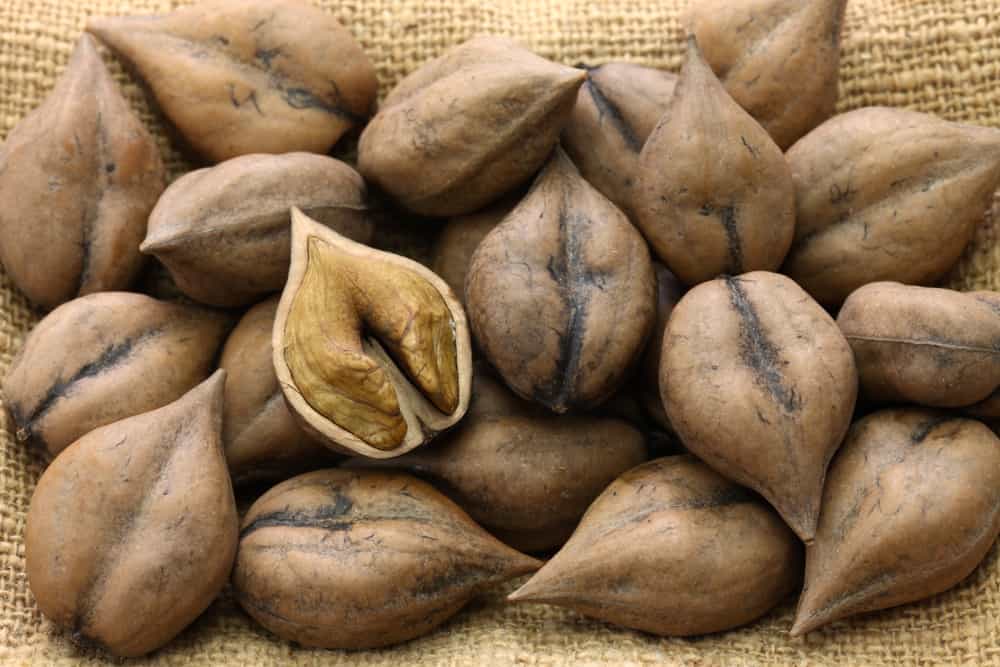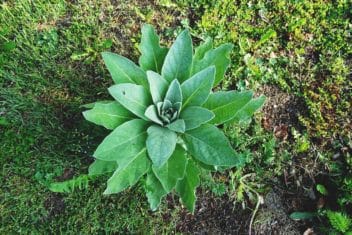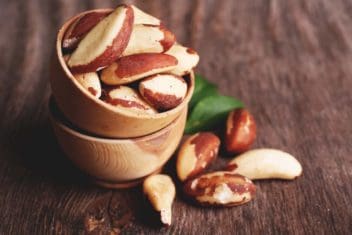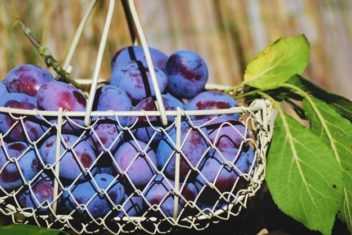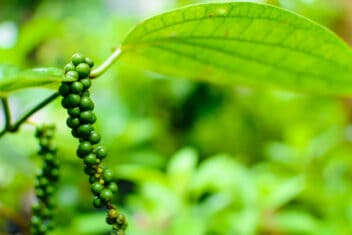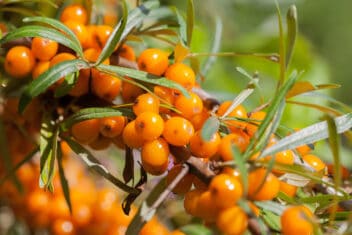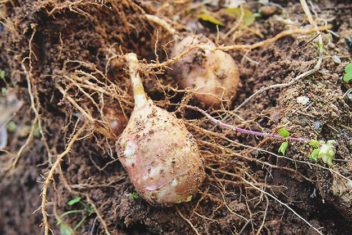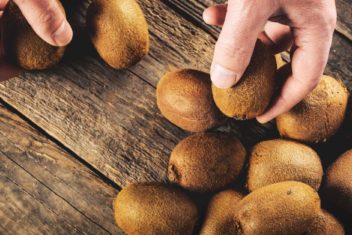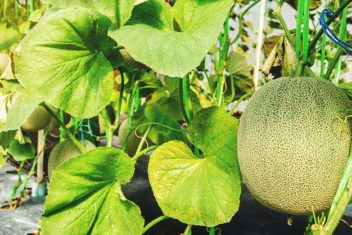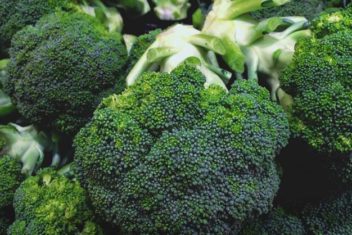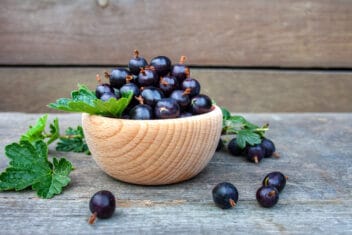Are you familiar with heartnut trees? They’re also known as Japanese walnuts and are gaining in popularity throughout North America. They’re fairly easy to grow compared to other nut trees, provided that they’re given ideal conditions. And the nutty rewards are worth the minimal effort.
Read on to learn more about these beautiful plants and how to start cultivating them on your own property.
What are Heartnut Trees?
Heartnut trees (Juglans ailantifolia) are members of the walnut family, as mentioned above. They got their name from the fact that their delicious edible nuts look remarkably like hearts. They’re prolific, easy to grow, and their nuts are really quite delicious. They taste like a cross between Brazil nuts and pecans, with a sweet, mild flavor.
They’re high in protein, low in cholesterol, and rich in antioxidants.

Unlike many other nut-bearing trees, some heartnut hybrids can thrive in USDA Growing Zones down to 4b, making them ideal edible nut sources for homesteads in cooler locales. They’re thriving in places like Detroit, upstate NY and Montreal, and are ideal perimeter trees. Added bonus: they grow and start producing quickly.
These lovely trees are a sport, or mutation, of wild Japanese walnut trees.
Best Heartnut Hybrids and Cultivars
There are several hybrids of heartnut trees crossed with other nut trees. You might see them crossed with English walnuts, black walnuts, butternut (called butterhearts), and others.
When it comes to named cultivars, ‘Stealth’ is a fantastic graft. It has long nuts that fall out of the shell whole, which not all cultivars do. Some break in half when they fall out and you lose that adorable heart shape (though they still taste every bit as good). It can only handle down to Zone 6, however.
‘Imshu’ produces massive harvests, and though you have to remove them carefully, the meat can come out whole. Hardy down to Zone 6.
‘Campbell CW3’ is a graft that stays fairly petite at under 20 feet tall, but still produces larger harvests. The meats will come out half and sometimes whole, and it’s hardy to Zone 6.
‘Simcoe’ only produces heavily every other year, with light production on the alternating year. The nuts come out in whole and half pieces and it is hardy down to Zone 6.
Many cultivars are sometimes grafted onto black walnut rootstock to improve production, but these can be hard to find since grafting heartnuts can be a real challenge.
Soil and Sun Requirements
For heartnut trees to really thrive, they’ll need to be offered well-draining, clay-loam fertile soil that has a pH of between 6 and 7. If you’d like to try growing them, be sure to test your soil’s acidity and composition ahead of time. There are few things as heartbreaking as trying to get a food crop established and discovering later that they needed different soil entirely.
Once you’ve tested your soil, determine whether you need to amend it with anything in order to get the pH right. Then be sure to work a generous amount of well-aged compost into the hole before planting. These trees are heavy feeders and will benefit greatly from nourishing soil.
In terms of sun, you won’t be able to get away with planting any of these babies in the shade. They need full sun, and a lot of it: at least eight hours of it per day. If you provide your heartnuts with the best conditions possible, you may end up with 30-foot trees that spread out over 20 feet wide.
Plant from Seed? Or Grafted Seedlings?
You can do either, but they’ll take significantly longer to mature if you cultivate them from seed.
Older seedlings are so affordable at various garden centers that it’s much easier to just pick up a few of them instead. One-year-old seedlings are usually less than $10 per plant and are even cheaper when purchased in bulk.
Just keep in mind that trees may revert back to their wild type if you purchase seeds or saplings of a named cultivar.
Also, make sure to get plants with a wide range of genetics for successful cross-pollination. More on that next.
How and When to Plant
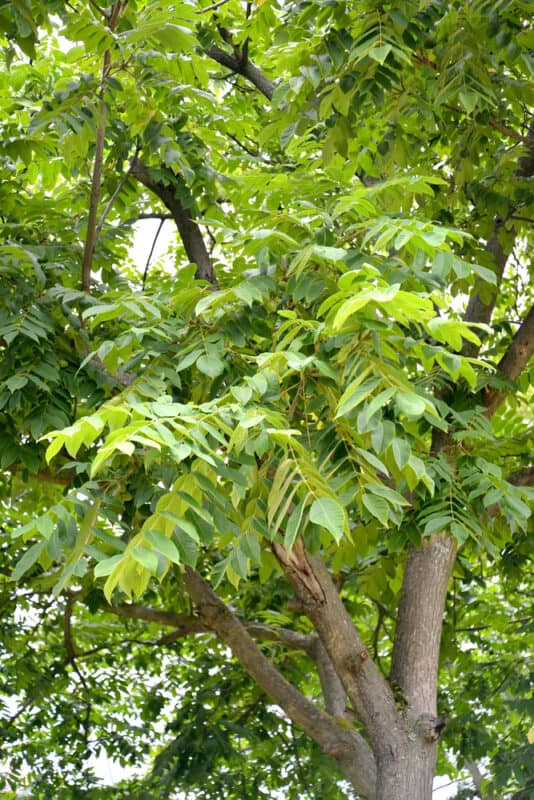
Since heartnuts aren’t fully self-pollinating, they need other trees around to cross-pollinate them. This will expand their genetic material and will result in significantly healthier, more nutrient-dense nuts.
While they need to cross-pollinate with other trees, they also spread out quite generously, so you’ll need to put a fair bit of space between them. They do best when planted around 50 feet apart, but will still be able to cross-pollinate if cultivated up to 200 feet from one another. A distance of 70 feet seems to be ideal.
If you’re growing a tree from seed, then start it indoors under full-spectrum grow lights. You can start this at any time, but if you start the seed in late winter, you’ll be able to transplant it outdoors in a year and a bit.
Whether you’re planting a young seedling or a grafted sapling, aim to plant it in late spring, once the ground has fully thawed. Dig a hole that’s about a foot wide and a foot deep, and toss some beautifully aged compost in there. Make enough room for the young tree’s roots, and place it into the hole gently.
Then backfill with a mixture of soil and compost. Water it in well, add a bit of soil as a top-up and tamp down the soil gently to hold it into place.
Note: if you live in a very hot, sunny locale, consider wrapping the trunk with aluminum foil. This will protect it from getting sunburnt. Then drive a couple of 6-foot stakes into the earth to flank the tree, leaving eight to 12 inches of space between the tree and the sticks. Secure the tree between the stakes with soft ties or garden tape.
Feeding and Watering
In the first year, water around your heartnut trees on a weekly basis if you don’t receive regular moisture from mother nature. Increase this to twice a week during seriously hot weather or during droughts. Never let the soil dry out completely, as these trees are heavy drinkers and need constant moisture in order to thrive.
In dry conditions, you might want to spread mulch around the tree’s base. This will retain moisture and suppress weed growth. Spread this two to three feet all around the tree, but keep it five inches from the trunk itself.
There’s no need to fertilize your heartnut trees in their first year. Starting the second year, however, offer it some equally balanced N-P-K fertilizer in both spring and autumn. A standard 10-10-10 fertilizer is fine: just mix it according to the instructions on the container.
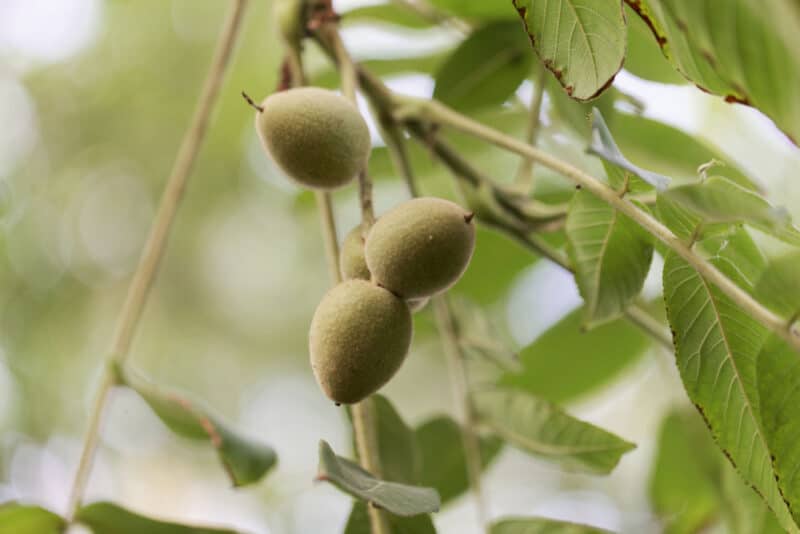
Companion Planting
Just like European walnut trees, heartnuts contain juglone—an allelopathic compound that inhibits plant growth around it. Basically, it creates its own herbicide to keep potential competition at bay. This way, nothing else is vying for precious nutrients anywhere near it.
Only a few plants can thrive despite the juglone in the soil nearby. If you’re aiming for permaculture-type tree guilds and companion planting, choose pawpaws, currants, elderberries, and various nightshade (Solanaceae) plants as understories.
On a more positive note, although juglone is allelopathic it also has a few benefits. For example, it’s a natural pesticide, which means that these trees are immune to predation by just about every insect other than luna moths and their larvae. As you can imagine, it’ll also help to protect the other companion plants embraced within the heartnuts’ canopy and drip line.
Best Uses
Yep, the nuts are the real gem of these trees. They are not only one of the best-tasting of all the walnuts, but they store for years and years and only taste better as they age. Somewhere between five to eight years in storage will give you the best flavor. Eat them before a decade in storage, however.
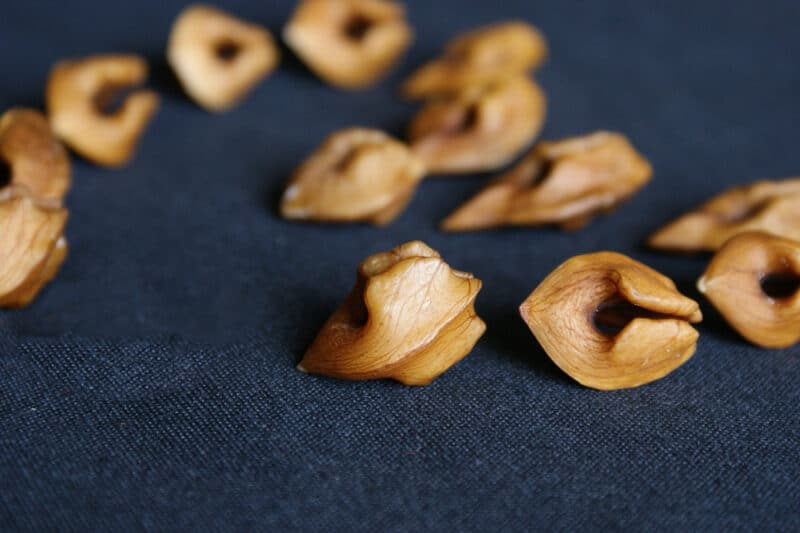
You may have some walnut wood furniture somewhere in your home. If you do, you’ll know how sturdy it can be. Although heartnut wood is a bit softer than European walnut wood, it polishes up beautifully and can be used for a number of different pieces.
If you’re a crafty sort, try turning heartnut wood into bowls or carving them into kuksa drinking cups. You can also use the branches as broom handles.
Even the smaller branches are pretty large, so it’s an extremely useful plant.
These multi-purpose trees really are invaluable around the homestead. Get yours started asap and you’ll be harvesting your own little heartnuts before you know it.
When and How to Harvest
Heartnuts start to produce approximately three years after planting, though you won’t get a hearty crop for six or seven years. If you’d like yours to start producing more quickly, then try to get your hands on older saplings. The more mature the plant, the more quickly you’ll be crunching.
Nuts will ripen anywhere from the end of August to mid-October, depending on the locale.
These are some of the easiest nuts to harvest. Seriously, the shells crack open easily and the flesh within falls out in a single, whole piece. These sweet, mild nuts stay delicious when stored at room temperature for up to a decade, but you can also vacuum seal them or freeze them for long-term storage.
